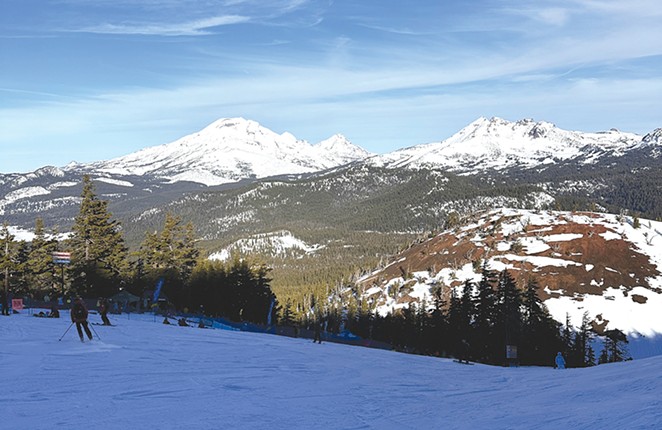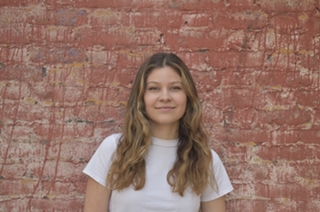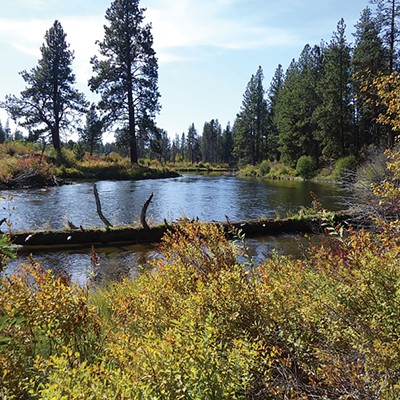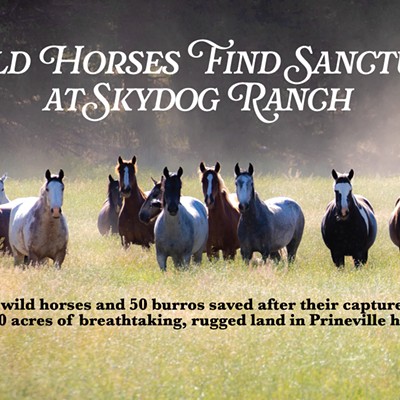As soon as winter rolls around, many Oregon residents begin hoping for the snow to come. This year, it may not come as quickly or as heavy as past years. The reason is due to a climate pattern taking place in the Pacific Ocean that can affect weather.
El Niño describes the warming of the water in the Pacific Ocean. These ocean temperatures can cause severe weather effects throughout the globe, especially in the winter. El Niño often causes warmer and drier winter conditions.
"That can give us a more educated guess on what our seasons are going to be like," said Larry O'Neill, the state climatologist of Oregon.
We usually see these climate patterns every other year or so. The last time we had an El Niño was in 2015 through 2016. The last few years, we've been in some form of La Niña, the opposite climate pattern that causes wetter conditions in the Pacific Northwest, said O'Neill.
This year, we're experiencing a strong El Niño, which historically makes winter weather much warmer than normal, especially in Oregon. A stronger event produces even drier conditions, resulting in less snow. "The double whammy here is that if you have a little bit less precipitation and it's warmer than normal, any precipitation we get is more likely to fall as rain rather than snow. That is kind of what we are seeing," said O'Neill.
In addition to the current winter weather conditions caused by El Niño, the changing climate is also making these effects more severe. "We're slowly getting warmer over time," said O'Neill. This can also reduce snowpack or make it more variable. "Some years, we get a lot of snow, and then, more often than not, we're getting less snow and the snow season is starting later."
"Winters like this can throw us off, resulting in lower streams, rivers and reservoirs earlier in the summer, when we need the water the most."
tweet this
While it's still too early to tell exactly how long the El Niño will last, El Niño episodes can last from nine to 12 months, according to the National Oceanic and Atmospheric Administration.
According to a NOAA report from Dec. 18, Bend has received less precipitation than normal in the last 30 days. The report also predicts normal or slightly above average precipitation through February, coupled with above-average temperatures.
These warmer winter days can affect several things, including winter recreation in Central Oregon. Hoodoo Ski Area, which opened last year on Dec. 3, still has no opening date announced. Another major consequence of a warmer, drier winter in the West, but particularly in Oregon, includes the possibility of drought.
Many river basins depend on snow melting in the spring. "What's really key about snow is that it's a natural reservoir that will hold on to the water throughout the winter and then release it slowly in the spring and early summer," O'Neill said.
The timing and the amount of the snow at the end of winter is crucial, said O'Neill. "Winters like this can throw us off, resulting in lower streams, rivers and reservoirs earlier in the summer, when we need the water the most," he said.
This can be an important consequence of having a lean snowpack winter, as it can virtually lock parts of Oregon into drought going into the following summer. O'Neill noted the condition of Wickiup Reservoir the last few years, which has either been emptied or nearly emptied toward the beginning of fall. This year, he said, it's still very low. Although Central Oregon had a good year of snowpack this past winter, it didn't recharge very much.
"It's still early in the season, but if the winter starts off dry and the snowpack starts out late, we always worry about what's going to happen the following summer, because that's when we'll start to see the most severe consequences of that."
























